You might be thinking it’s a strange picture to start a post about the Fitzgerald River National park, especially when I’ve been doing a wildflower tour around the south west of the state. After all the park is touted as having the most diverse collection of flora to be found within any park in Australia, it has 20 percent of Western Australia plant diversity within it’s boundaries and many plants are only found within the park.So how do the rocks above come into all of this? They were collected of one small section of beach within the park and I think it gives an interesting reflection of the plant diversity. The park is diverse in land formations, rock types, soil types, as well as flora and fauna.
The poster plant of the national park is the royal hakea with it’s amazing foliage. It’s flowers are insignificant and form where the leaf joins the main stem. The plant is also notoriously difficult to photograph to try and really bring out the veins and the colours within the leaves you need a lot of sun which makes things rather glarey.
Plants are flowering right down to the edge of the ocean, though as they get closer to the coast with worse growing conditions the plants get smaller, many are just miniaturized version of plants found within other areas, but they still put on a real show especially when you look closely.
Some areas of the coast within the park are rough and rugged, however among the rocky headlands and interesting geological structures are magnificent bright white beaches with the water being a vivid aqua blue green.
I’ve found verticordia’s all the way from Kalbarri down to the south coast here and still in a variety of colours with pinks white and yellow. I won’t post them all up as I’ve posted many pictures of verticordia in previous posts and the plants here don’t differ that much from the others further north.
The Fitzgerald is a massive park 330,000 acres or 2,972 sqkm, you also can’t drive though it, to get from one side to the other you need to drive all the way around which is a trip of a few hundred kilometres. If you’re visiting the park the most popular end is the eastern side just near the town of Hopetoun. Entry to the park is only a few kilometres from the town and the park is really well set up here with bitumen roads to all of the main attractions and some spectacular sites. Also the town of Hopetoun is beautiful, very relaxed with lots of beaches and all of the facilities you might need.
The western end of the park is a little more remote, access is generally from Bremer Bay but the drive in to the park is about 50km from memory over mainly gravel roads, the roads within the park at this end are also very rough, chatting to the ranger at the western end of the park he told me that they only get funding to grade the roads twice a year, not a lot for a national park with so many visitors. The west end still has some good facilities once you get in there with a well set up camp ground and day facilities like bbq and picnic areas.
What a fantastic eucalypt this one is, I believe it’s called a Bald island marlock, strange name but beautiful small tree with such interesting mop like flowers, you can see the bud just breaking open in the picture above, with the caps coming off the flowers.
Interesting at all stages, from bud to flower to nut or seed capsule.
A flower that only a mother could love. It’s not effected by disease or pests, this is just how it looks, covered in lumpy scaly spots.
Swamp daisies are wide spread across the south of the state and they are quite a beautiful thing, with small scale like leaves held tightly against the stem of the plant, then large flower on top with pink center buds and white outside petals or sepals. Each flower is actually made up of many small individual flowers, if you look closely you can see them.
One point I will make about the plant diversity in the park is that it’s quite spread out. Yes it has an incredible diversity of plants but they are spread over thousands of square kilometres and you really need to get around and do a lot of driving and walking if you want to see the real diversity.
If you’re the sort of person who like to keep it simple, you want bitumen roads, well marked walk trails lots of toilets and picnic areas, then go and stay in Hopetoun and visit the east end of the park. If your the sort who prefers the path less followed, if you don’t mind the gravel roads, you like to explore a little more yourself and you prefer less people, visit the west end out of Bremer bay.

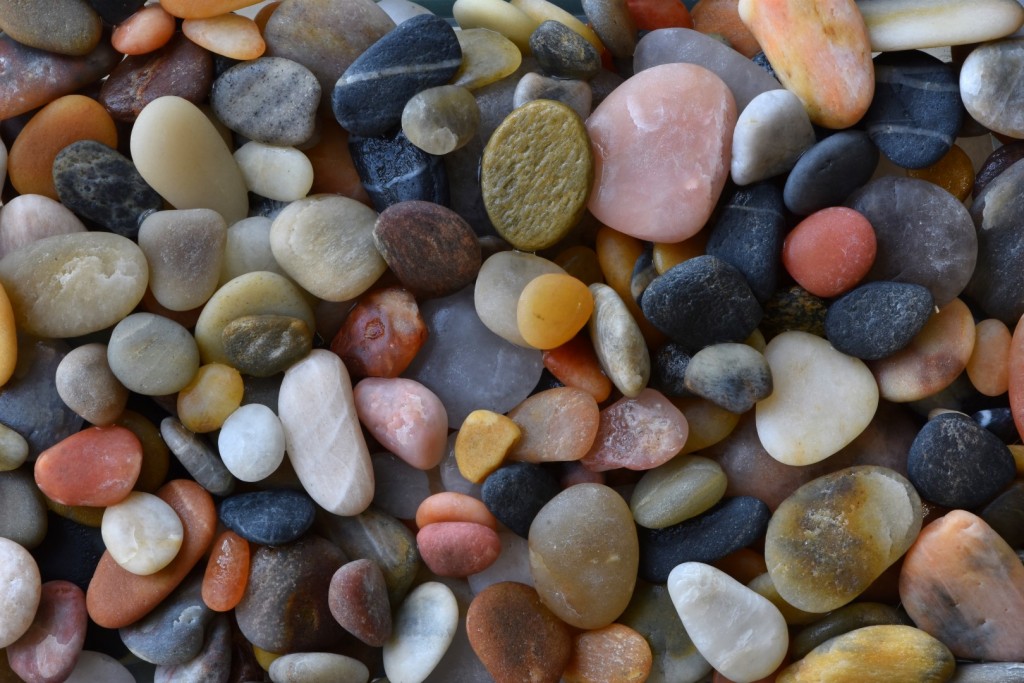
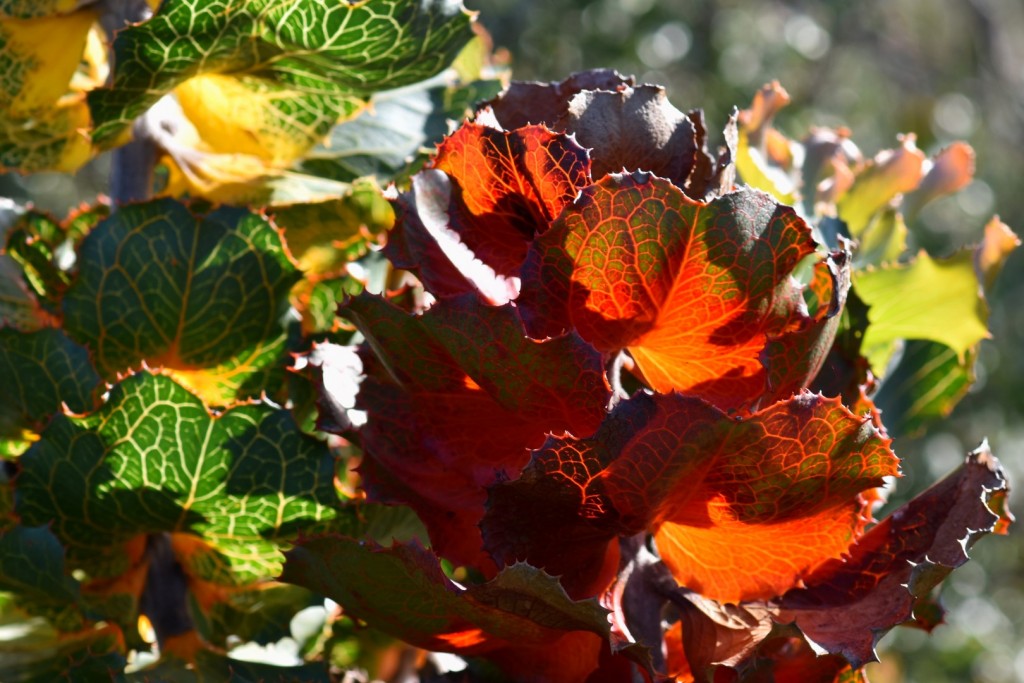
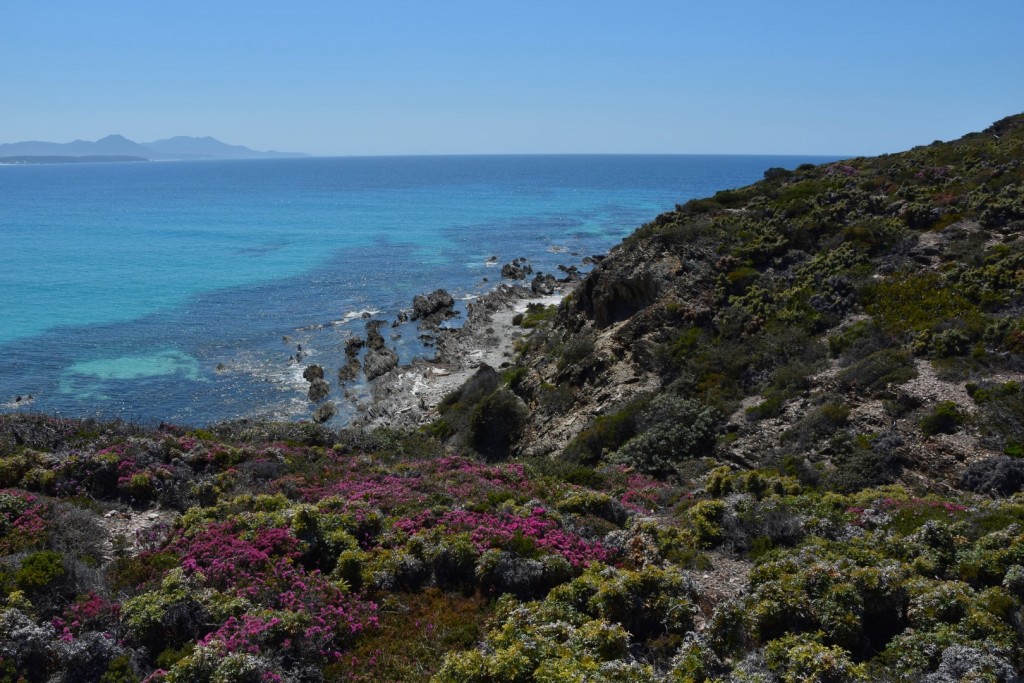
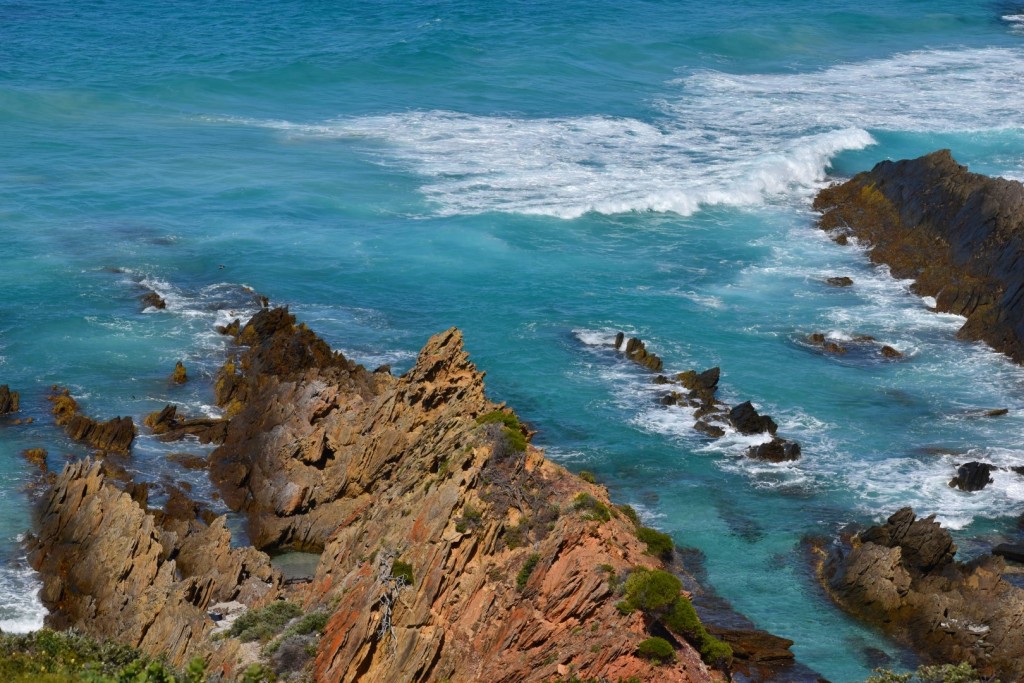

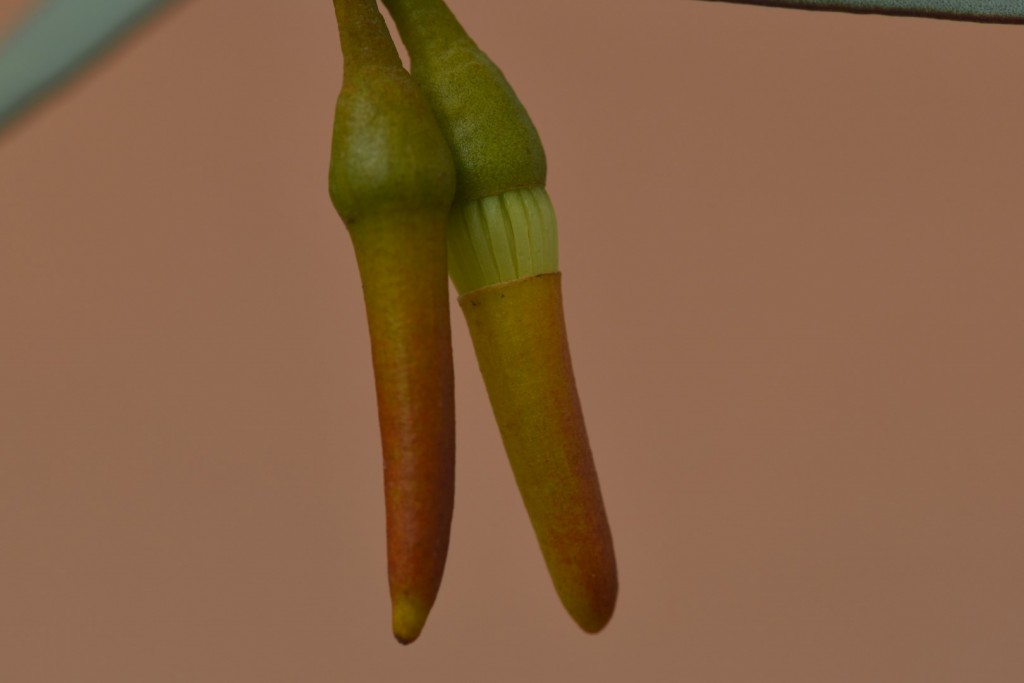

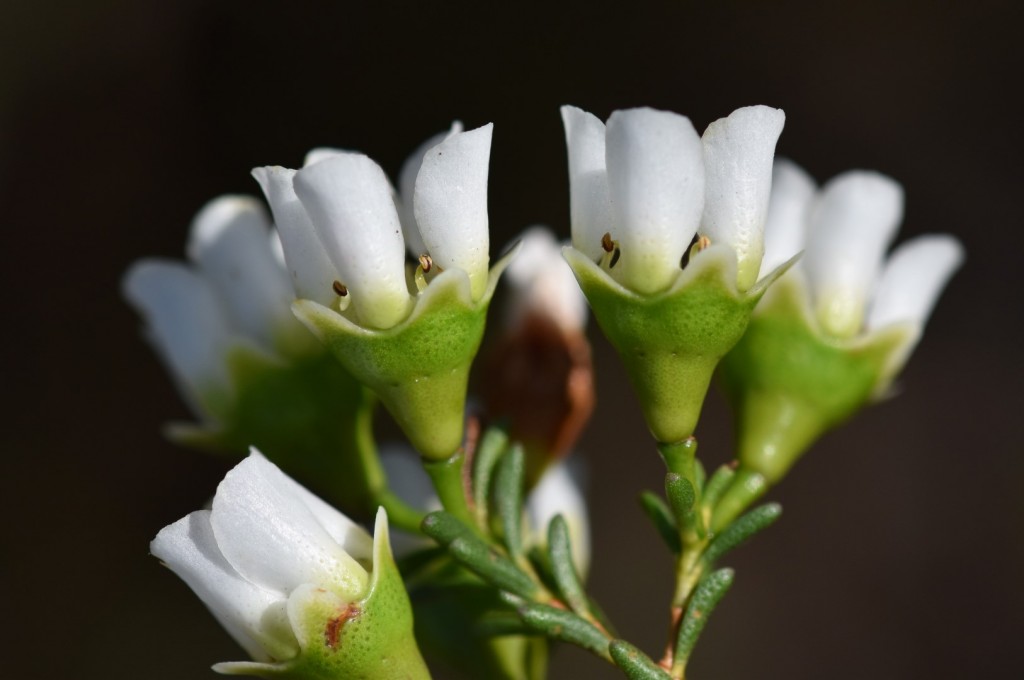
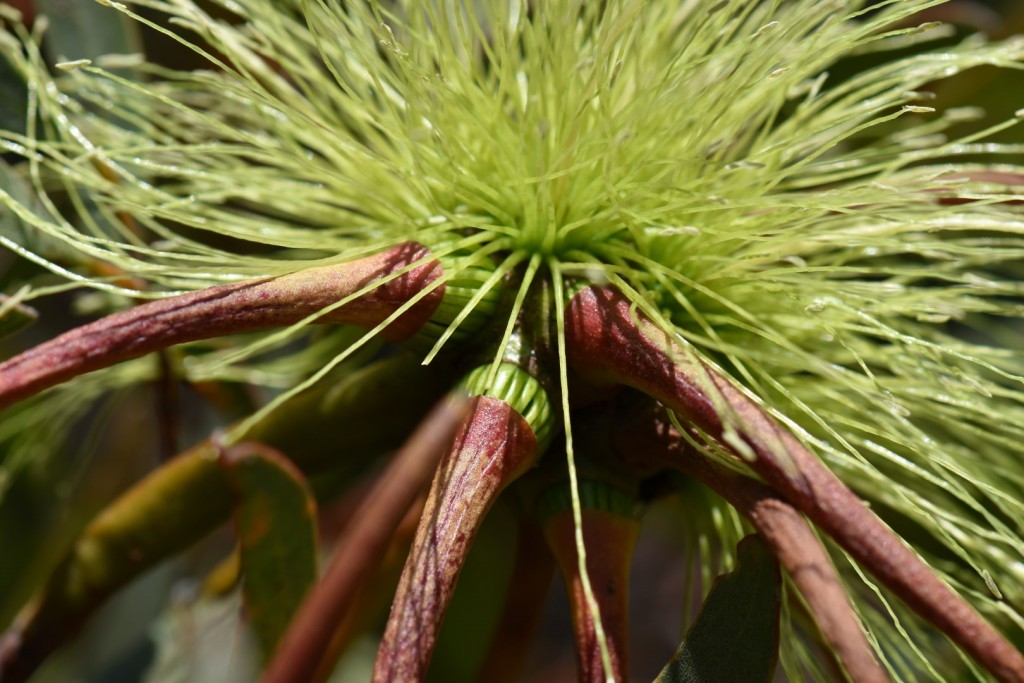
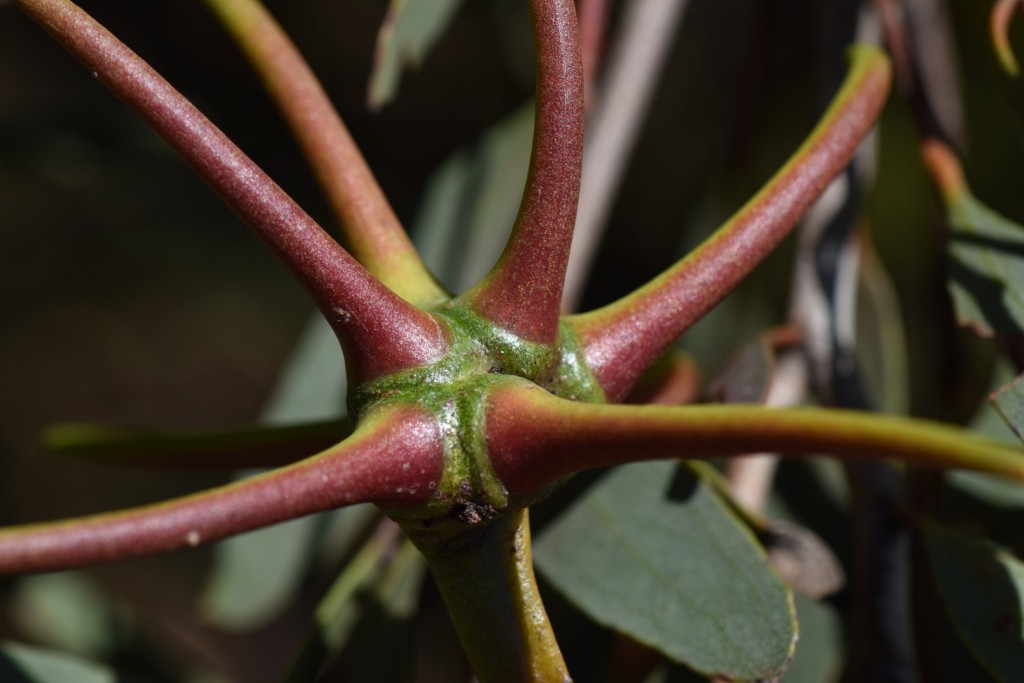
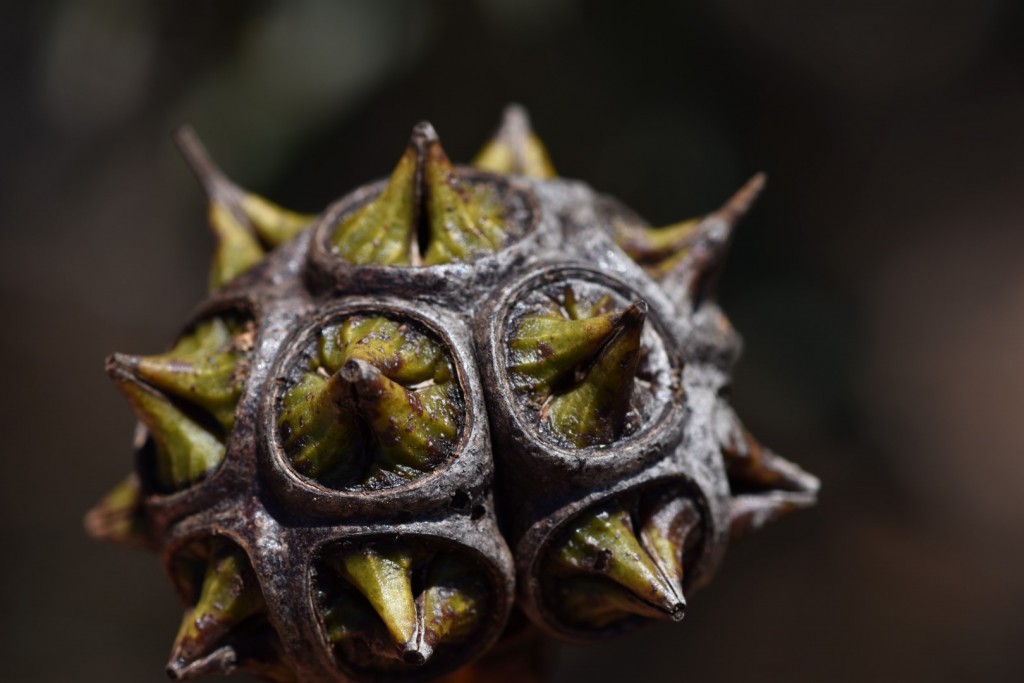
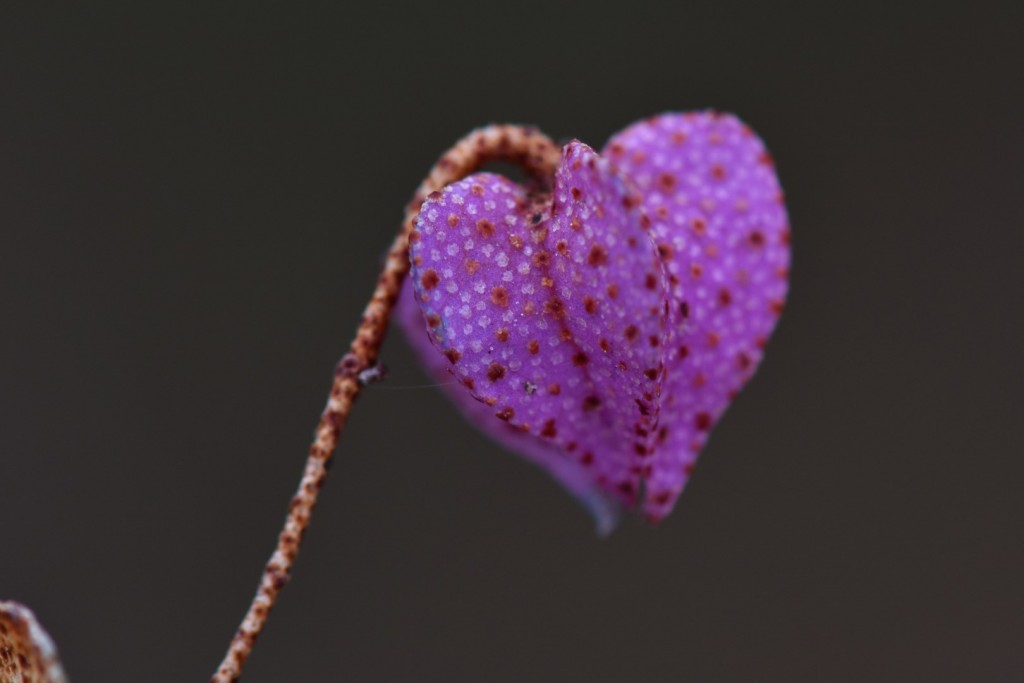
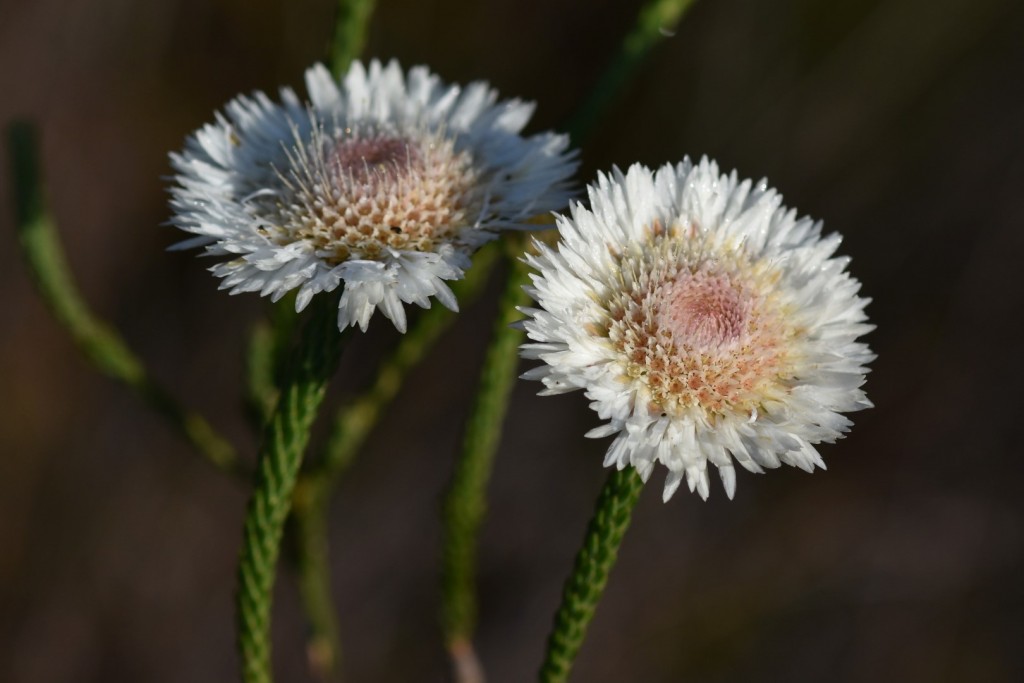

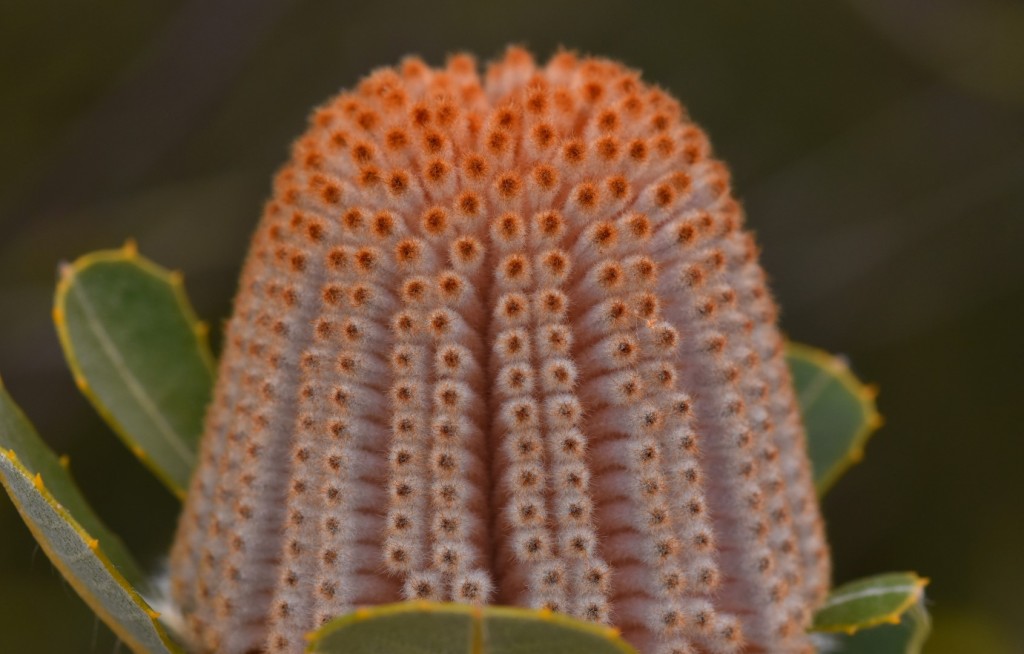
No Comments